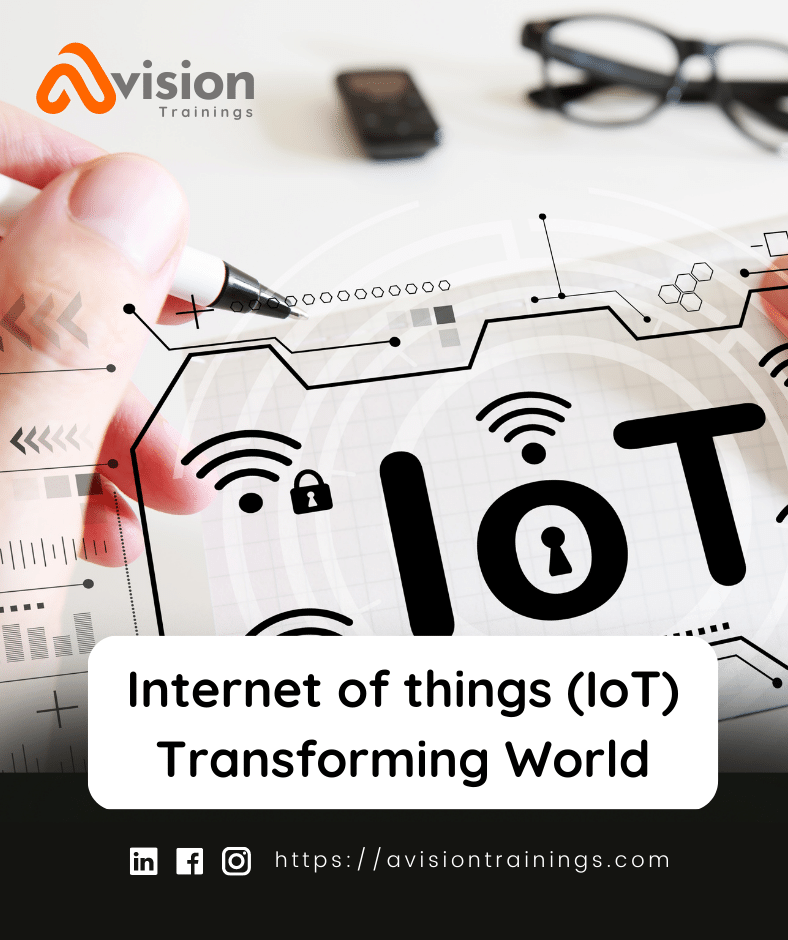The Future of Technology: An Insight into Internet of Things (IoT)
The Internet of Things (IoT) is revolutionizing the way we live and work. IoT refers to the interconnected network of physical devices, vehicles, home appliances, and other items embedded with electronics, software, sensors, and connectivity which enables these objects to collect and exchange data.
What is IoT?
IoT is a system of interrelated computing devices, digital machines, objects, animals or people that are provided with unique identifiers and the ability to transfer data over a network without requiring human-to-human or human-to-computer interaction.
How IoT Works:
IoT devices collect data through sensors and transmit it over the internet to other devices or a cloud-based server where it can be analyzed and acted upon. This data can be used to automate processes, make informed decisions, and improve efficiency.
Benefits of IoT:
Increased Efficiency:
IoT devices automate tasks and processes, reducing the need for manual intervention and increasing efficiency.
Improved Decision-Making:
By collecting and analyzing data, IoT allows for more informed decision-making, leading to better outcomes.
Enhanced Customer Experience:
IoT provides a personalized experience for customers, improving their satisfaction and loyalty.
Real-Time Monitoring:
IoT enables real-time monitoring of devices, systems, and processes, providing early warning of potential issues.
Cost Savings:
Automating processes and reducing manual intervention through IoT can result in significant cost savings.
Applications of IoT:
Smart Homes:
IoT technology is used to control and automate household appliances and systems, making homes more efficient and convenient.
Healthcare:
IoT devices and sensors are used to monitor patients remotely, reducing the need for hospitalization and improving patient outcomes.
Agriculture:
IoT technology is used to monitor crops and livestock, improving yields and reducing waste.
Manufacturing:
IoT is used to monitor and control production processes, improving efficiency and reducing waste.
Transportation:
IoT technology is used to track vehicles, monitor fuel consumption, and improve road safety.
Challenges of IoT:
Security:
IoT devices collect and transmit sensitive data, making them vulnerable to cyber-attacks.
Interoperability:
Ensuring that different IoT devices can communicate and work together effectively is a challenge.
Scalability:
As the number of IoT devices continues to grow, managing and processing the volume of data generated is becoming increasingly difficult.
Privacy:
Ensuring that personal data collected by IoT devices is kept secure and private is a challenge.
Conclusion:
The Internet of Things is rapidly changing the way we live and work. From smart homes to improved healthcare, IoT has the potential to transform industries and improve our lives. However, security, interoperability, scalability, and privacy are challenges that must be addressed to fully realize the potential of IoT. As the technology continues to evolve, the possibilities for IoT are endless.















